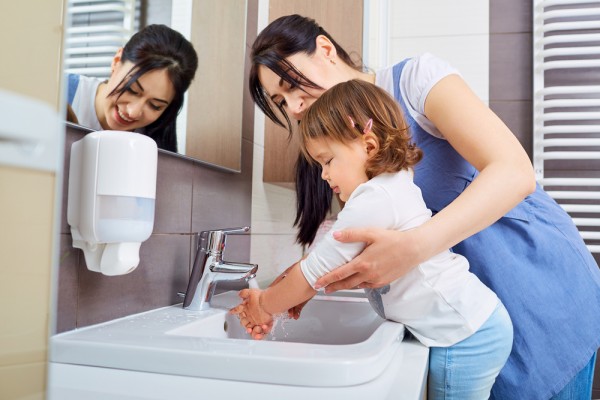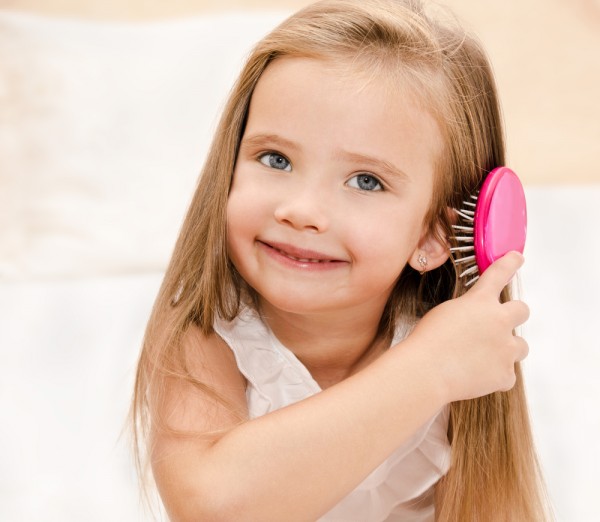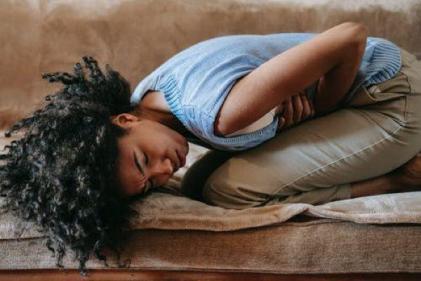We’ve all experienced those nasty tummy bugs and colds which only infected one child at first, and then laid everyone else low, one by one.
Bugs and infections can spread rapidly between children, and it’s vital to teach kids simple prevention measures from a young age. This should always be taught in an age-appropriate fashion and, as your child grows, you can elaborate on why we do these things.
Here are five simple steps you can take to teach kids of all ages to keep them healthy and safe.
1. Teach proper hand washing
Proper hand-washing is the most effective way of preventing the spread of infections and illnesses at home.
Get your child into the habit of washing their before eating or playing with shared toys, after coming in from playing outside, after sneezing, coughing, petting an animal and using the potty or toilet. Soap and water are the best methods, but if you aren’t near a sink, it's always good to have some hand sanitiser to hand.
Make sure your child washes each part of their hands thoroughly, including in between their fingers.
2. Using tissues
Teach your child to always cough or sneeze into a tissue where possible, and if they don’t have one, show them how to use the crook of their arm, rather than their hands.
Make sure all used tissues go straight in the bin, as some bacteria and viruses can live outside the body for a few hours.
3. What not to share
While it’s great to share toys, there are certain items your child should avoid sharing with other little ones. These include combs, hairbrushes, hair accessories and hats. Your child could catch head lice from sharing these with other kids.
Toothbrushes, cups, forks, whistles and straws also fall into this category, so explain to your tot why it’s important not to share these.
4. Toilet rules
Bathrooms are one of the places where many germs spread, so once your child begins toilet training or potty training, tell them why it’s important to clean properly, use toilet paper, flush and wash hands.
You can hang a checklist on the back of the door for older kids to read before they leave the bathroom.
5. Kitchen hygiene
Set a good example for your kids by letting them see you practice good hygiene in the kitchen - washing hands, cleaning items properly, and keeping cooked and raw items separate.
If your kids like to cook or bake, make a set of kitchen rules to follow every time they make something.















